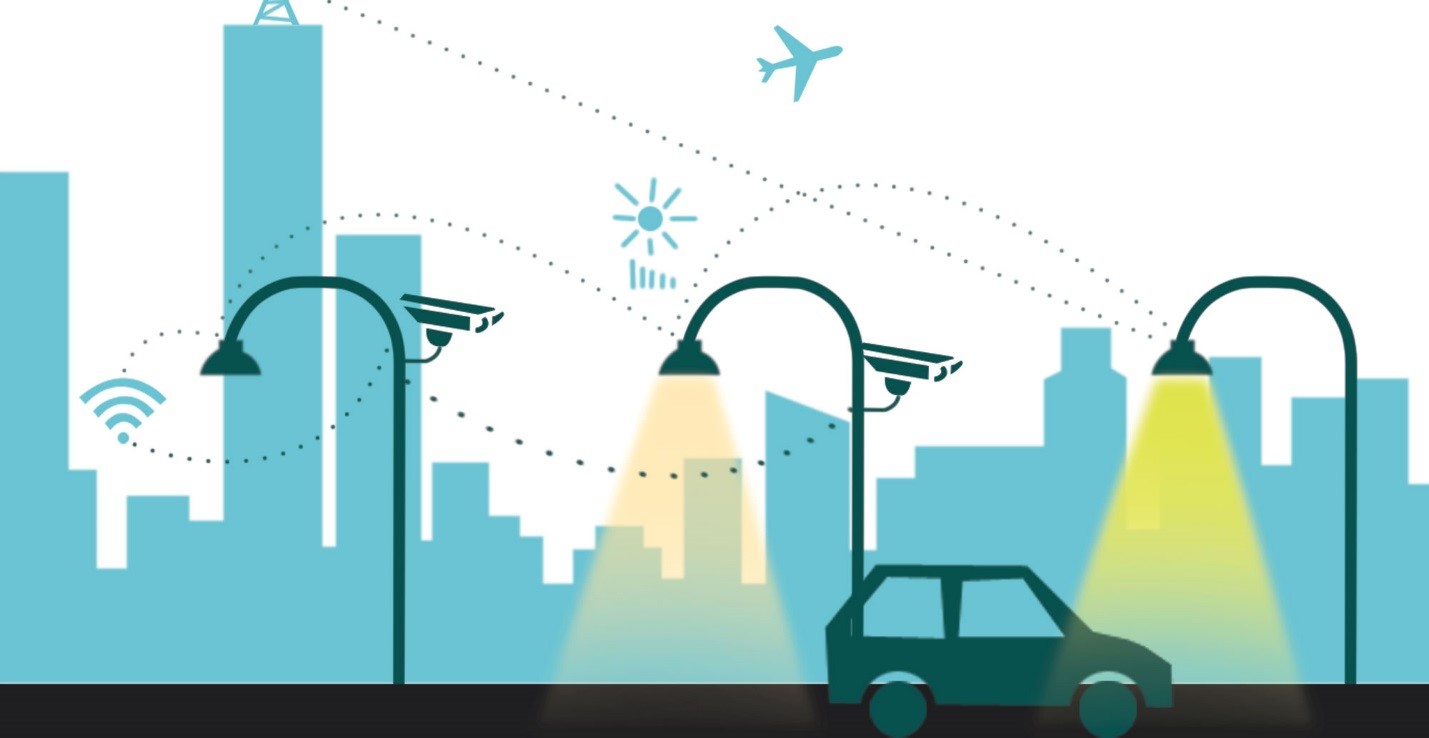
Driving down the street on a normal evening, suddenly you see red flashing lights atop the streetlights. Everyone slows down and pulls off to the side, because it is common knowledge that this signals the approach of an emergency vehicle. The ambulance is able to pass by quickly and easily. Such a scenario may seem like a far-off dream, but technologies like this are already being implemented in some cities, helping to decrease emergency response travel time and increase safety for all vehicles.
For the last year, MAPC has been administering a Massachusetts Department of Energy Resources (DOER) grant program to help cities and towns across the state retrofit their streetlights to LEDs and save significant amounts of energy and money. A lesser-known aspect of this project is that all new streetlights being installed are “control-ready.” A control-ready streetlight has the internal wiring necessary to pair with smart control devices - such as emergency signal lights - which can be remotely controlled via a web-based system.
More common applications of these wireless control systems include setting regular schedules on lights, allowing them to brighten or dim at specified times of day. For example, many municipalities choose to dim their lights during the quietest hours of the night to enable further energy savings. Control systems also provide the benefit of real-time maintenance information, such as whether a light is out or turned on during the wrong time of day. This allows for better-informed light maintenance, allowing the city or town to track things in a systematic, orderly way instead of waiting for resident complaints about lights, or losing money and time driving around to check the lights for outages.
In tomorrow’s world, the new communications network enabled by these wireless controls could potentially enable numerous innovative “smart-city” applications. Other devices compatible with the systems could include motion sensors to monitor traffic, temperature sensors to inform winter weather planning, like salting on roadways, integration with water meters, trash pickup, and more.
To learn more about adding smart controls to your city’s LED streetlights, check out MAPC’s webinar on wireless controls.
Watch the webinar below:
